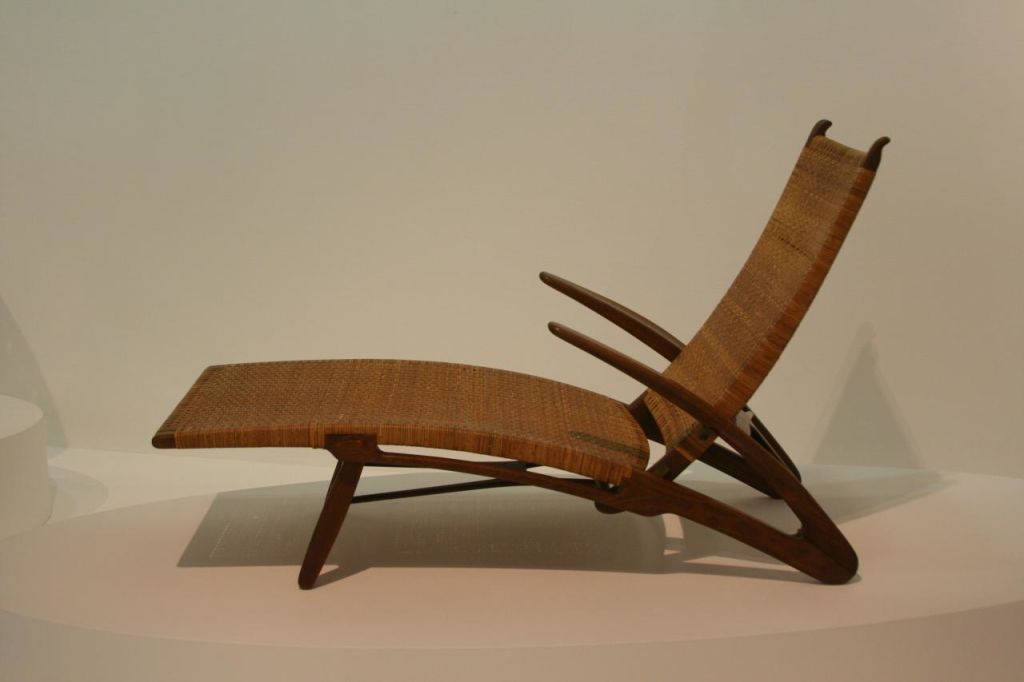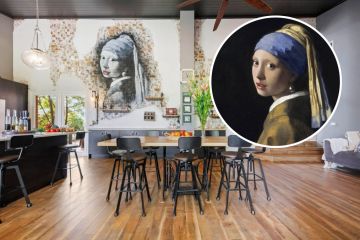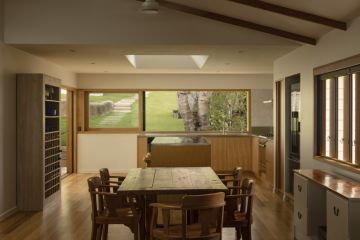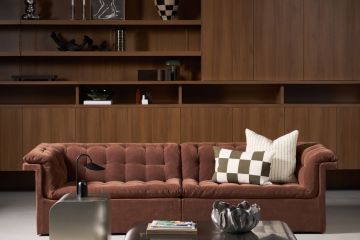Purchasing vintage with Fiona Lyda

Pre-loved vintage wares provide warmth and a sense of story. Find out what vintage really means and what it can offer to your interior.
What image comes to mind when you think of ‘vintage’ in interior design? Do you envisage rockabilly clocks, 17th century English chairs made of walnut or elaborate Parisian mirrors?
Designer and owner of Spence & Lyda, Fiona Lyda, challenges modern-day assumptions about what vintage means to most. She demystifies the stylish term and shares her advice with Domain on purchasing vintage wares.
Don’t mince your words
The word ‘vintage’ is often used interchangeably with ‘retro’ in design conversations and styling circles.
But, Lyda says, this is a common mistake. Vintage should not refer to one era of time but rather collectively refer to all eras past. That includes items from the 1800s, the ‘retro’ 1950s, and the 1970s.
“It’s interesting because vintage is bound up with this vision of retro and we’ve been trying to fight that concept,” she says.
“I’d like to introduce the idea that it’s not ‘retro’ but ‘vintage’, as vintage just means anything that is not brand new.”
Layering it up
Lyda encourages DIY home stylists to mix and ‘layer’ accessories, soft furnishings and larger items from different eras to create a unique and warm look.
“That’s what Europe does so brilliantly,” she says.
“Layering means there’s a piece from every period put together and that ‘put together’ makes them so exciting, visually.”
To create a layered vintage look, experiment with items collected from various eras interplaying wares via colour, texture, patterns, function, style and lighting. Include well-loved items like books and trinkets, trunks and lamps.
Ensuring quality
One of the most important steps to achieving a genuine vintage look is ensuring the authenticity of the items you call ‘vintage’.
Lyda says smart shoppers should always check vintage products, before purchase, for country of origin and date of production, and research the history of the brand and other valid details of an item’s construction.
“I would love to think that people are doing that but people, generally speaking, are not,” she says. “They know about the store [where the product is sold at] but no one is generally asking where it’s been made. I would think that is the most important thing to know.”
Value and worth
When buying vintage wares, look underneath pieces or inside drawers for a ‘stamp’. The stamp will be your biggest hint if the product is worth a pretty penny.
“You’ll find the stamp tells you what the company was that made it and often, it will tell you who the designer is,” she says.
“Often these pieces are made by really great designers so they will be worth even more in the long-term.
“If we are paying, sometimes, significant amounts of money for these pieces, it makes sense to know if you are buying something that value matches [the price you paid].”
Pre-owned and pre-loved
The best thing about vintage goods, says Lyda, is that they are typically ‘pre-loved’.
A new owner’s desire to hold onto a piece from a former era also demonstrates a sense of attachment and a nurturing sense of home.
“I think that preloved pieces carry their love with them…It’s about having an interior that mean something to you: it’s not just ‘stuff.'”
“We’re trying to make our homes nurture us in this ever increasingly rapid [changing] world. So give back to yourself.”
We recommend
We thought you might like
States
Capital Cities
Capital Cities - Rentals
Popular Areas
Allhomes
More






